READY TO GET STARTED?
REQUEST A FREE ESTIMATE
Fill out the form below or call (888) 466-7849 for a free, no-obligation estimate.
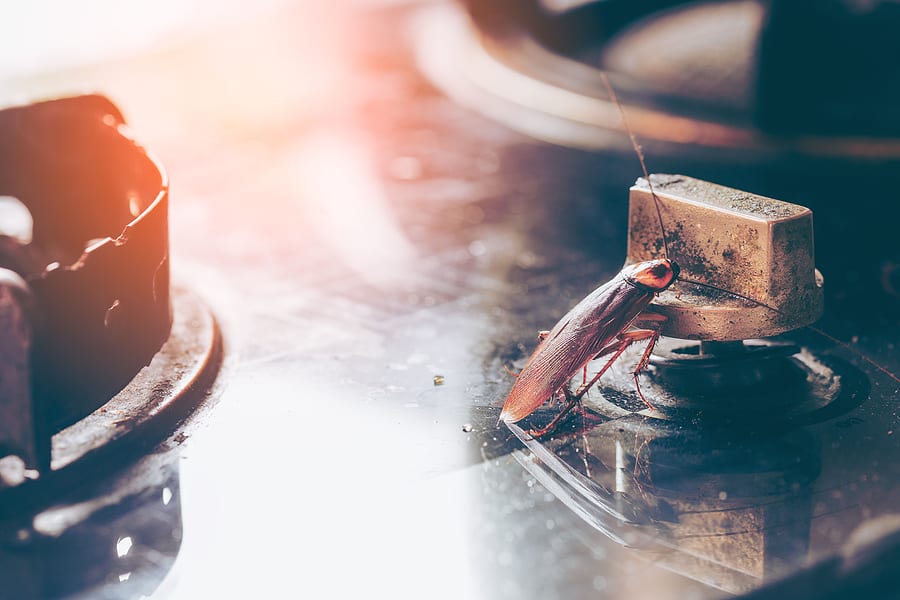
It’s always alarming spotting a roach in your home. These pests are highly adaptable and seek out human environments for a food and water source. Once they’ve infested your home, it can be difficult to control and eliminate them as they reproduce rapidly! The first step in preventing roaches is understanding the signs of cockroaches and the factors that could attract them into your Florida home.
The best way to avoid roaches from entering your Sanibel property is placing preventative measures throughout! Check out our tips on preventing cockroaches:
If you’ve noticed the above signs of cockroaches, it’s best to call your local Florida pest control provider. These professionals will identify the type of roach, any entry points, and the best treatment and ongoing prevention for your home.
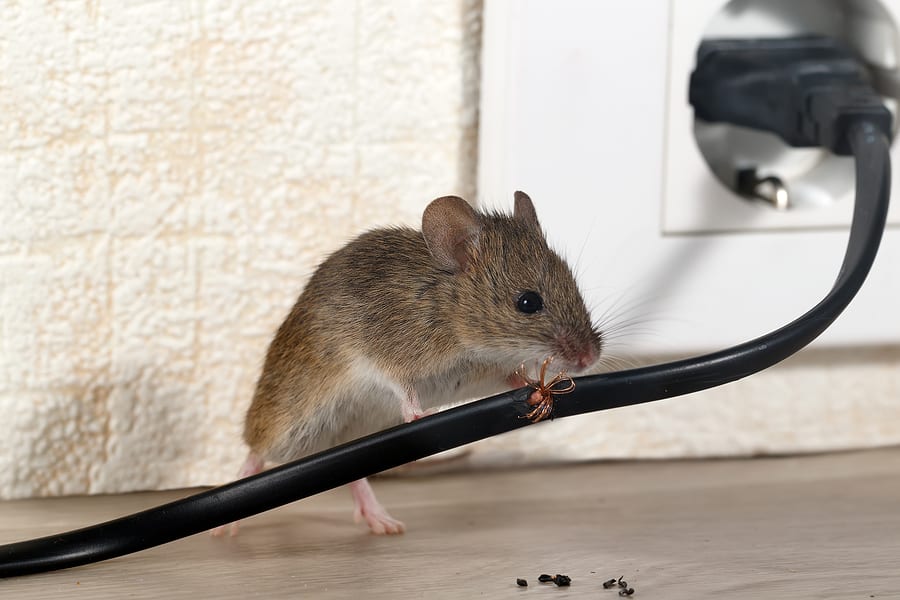
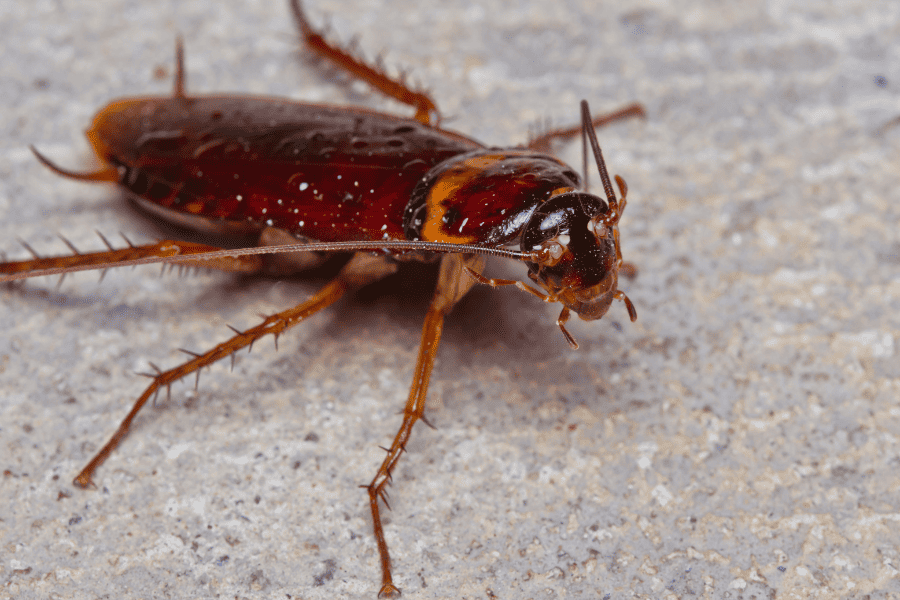
Cockroaches are common household pests seeking a warm environment to provide them with food and water. These pests can pose a serious health risk to humans as they transmit diseases and trigger allergies and asthma. Roaches will utilize any small hole, gap, or cervices to enter your home. They are also known to hitch a ride inside grocery bags, boxes, and used appliances.
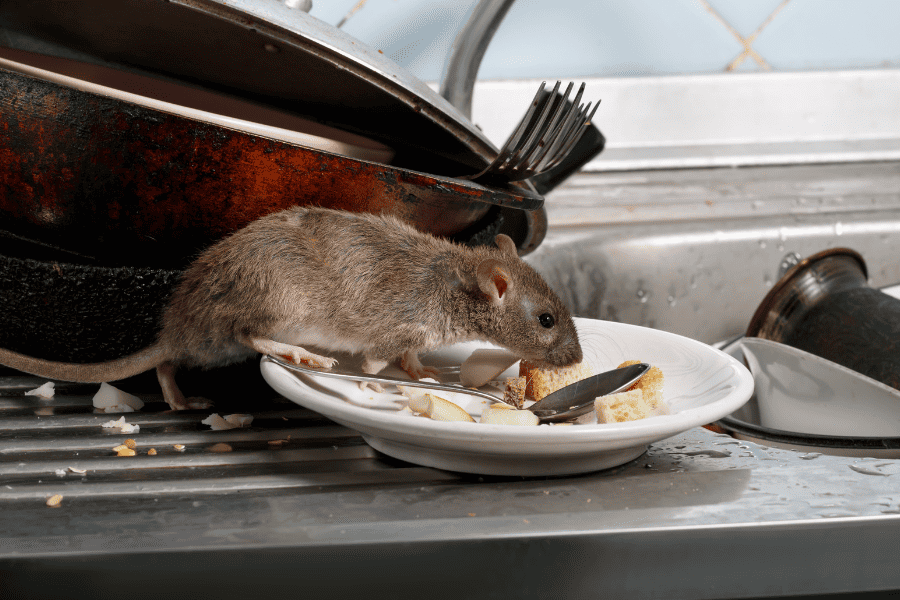
Rodents, including rats and mice, are year-round pests but they can become a major problem as the winter season approaches. Rodents will seek out warmth, food, shelter, and water inside our homes, squeezing through small holes and gaps to get inside. Mice and rats can cause damage to our homes and be a health risk to humans as they are known to chew through insulation, wiring, wood, and contaminate surfaces through their droppings.
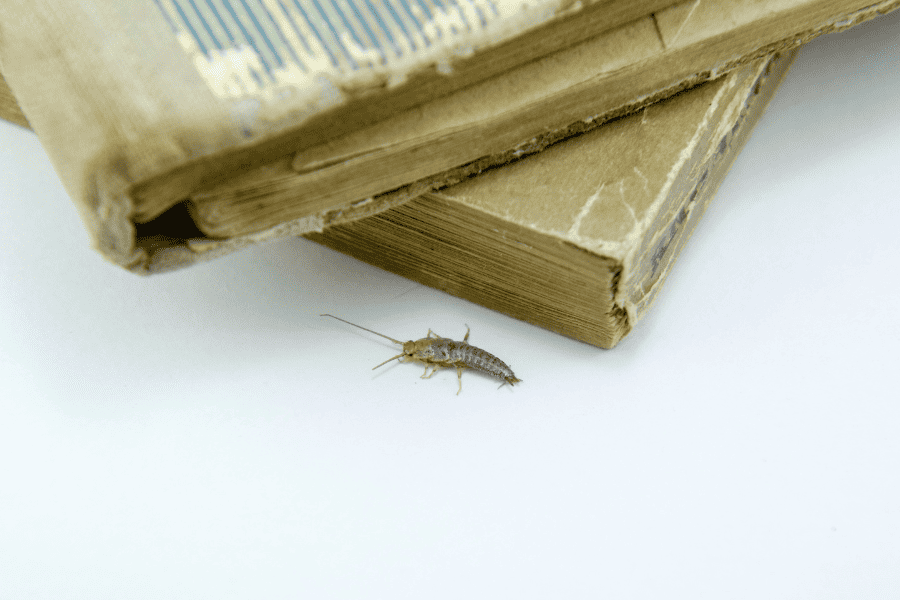
These pests will look to your basements and bathrooms to seek a damp, cold place to live in. While silverfish are harmless to humans, they can invade in numbers, and cause them to be a major nuisance to remove them. These pests will often gain access to your home by hitching a ride through the items you’ve taken out of storage in your garage or attic. Silverfish will also feed on your books, glue, wallpaper, and boxes.
It might seem impossible to deter wildlife creatures from your home during the winter but by placing certain preventative measures throughout your property, you can avoid their infestation! Check out these winter pest control tips when you want to keep these pests away:
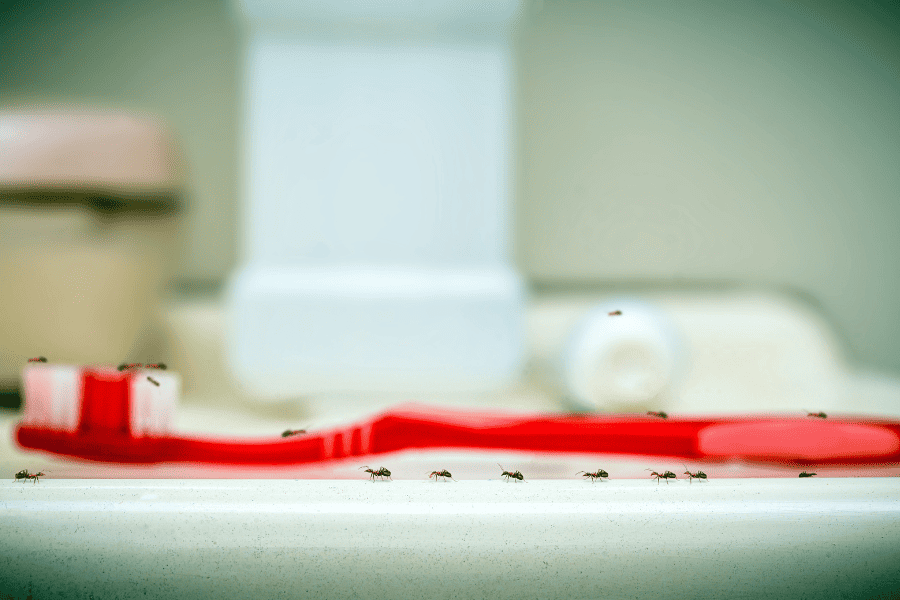
South Florida’s warm and humid climate makes it an ideal place to live—but not just for people. Unfortunately, it also provides the perfect environment for a variety of pests to thrive. From termites and ants to mosquitoes and rodents, these unwanted invaders can quickly turn your home into their own. That’s why routine South Florida pest control is essential for homeowners who want to maintain a safe, comfortable, and pest-free environment.
Homeowners in South Florida face a unique set of pest challenges due to the region’s subtropical climate. Some of the most common pests in South Florida include:
One of the primary benefits of routine pest control services is early detection. Many pests, like termites and rodents, can go unnoticed for months while causing significant damage. Regular inspections and treatments help catch problems before they escalate into costly infestations.
Termites alone cause billions of dollars in property damage each year in the United States. Without pest management, infestations can weaken the foundation of your home, destroy insulation, and compromise the structural integrity of your property. Investing in routine Florida pest control services ensures that your home stays protected against these destructive invaders.
Many household pests carry bacteria, viruses, and allergens that can pose serious health risks. Cockroaches, for example, can trigger asthma and allergy symptoms, while rodents spread diseases such as hantavirus and salmonella. Pest control services eliminate these threats, keeping your family safe and healthy.
Living in a home infested with pests can be stressful and uncomfortable. Constantly dealing with mosquitoes biting you in your yard or seeing cockroaches in your kitchen can impact your daily routine. A proactive approach to local pest control helps you maintain a clean and comfortable living space.
Different pests are more active during specific times of the year. Regular South Florida pest control services can help keep seasonal invaders at bay, ensuring that your home remains pest-free year-round.
Not all pest control companies are created equal. When selecting a provider, look for a local pest control company that:
Routine pest control services are the best way to protect your home from unwanted invaders. Whether you’re dealing with an existing infestation or want to prevent future problems, professional pest management ensures that your home stays safe and comfortable.
Don’t wait until pests take over your home—act now! Contact us today for expert South Florida pest control services.
Call us now at [Your Phone Number] or fill out our online form [Insert Website Link] to schedule your free inspection.

Florida has a unique climate compared to the rest of the southeast, especially in the winter months. Due to the humidity and active pests this time of year, effectively storing your holiday decorations to prevent a pest infestation can require a bit more strategy. Let’s go over the best ways to store holiday decorations pest-free, year-round!
Opting for moisture-resistant plastic containers with tight sealing lids makes it easier to create a protective barrier against the damp Florida air. This not only guards your decorations against moisture-related damage, but also helps to deter pests attracted to humid environments.
Cardboard is susceptible to moisture damage and is an attractant for certain pests. The material is easy to chew through for cockroaches and silverfish, making it a not-so-great option for storing items year-round. Utilizing plastic storage containers is a great way to discourage pests from taking over your décor.
Items like gingerbread houses or even candy canes should be discarded after the holiday season ends. It’s better to remake or repurchase the food-based decorations yearly.
If you are storing boxes in your basement or garage, utilize a shelving unit to place boxes on. When boxes are stacked on the ground or piled up, they can become ideal hiding spots for pests or rodents. Using shelves will keep these boxes off the ground, limiting the chance for them to become an unwanted pest’s home.
Use these tips to store holiday decorations and preserve the holiday spirit in your Florida home! If you notice more pests than normal in your storage space, contact your local pest control company for a customized pest plan and enjoy a pest-free holiday!
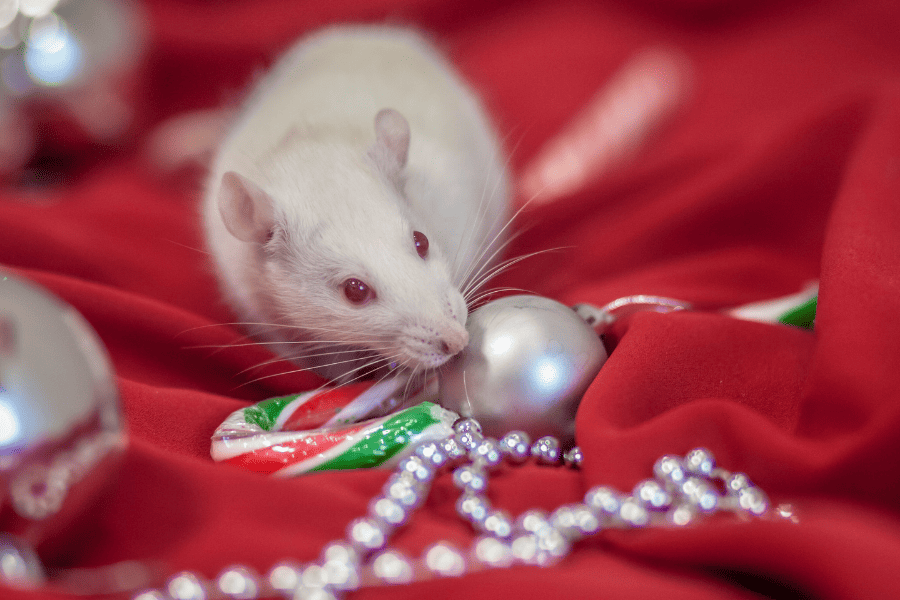
As the holiday season approaches, most of us are gearing up to host dinners and celebrations with friends and family. While preparing for your guests, the last thing you want to deal with is a pest infestation! Spiders, roaches, rodents, and more household pests are looking to your home for food, water, and shelter. Before you break out your holiday decorations, check out our pest prevention tips for holiday pest control!
If your South Florida home has an attic, basement, or a garage, it’s likely you’re storing your holiday decorations in them. While these areas can be a great way to store items, they are also dark and secluded, making it the perfect place for pests to invade. Pests, like rats and mice, will crawl into your holiday storage boxes you put away last year, destroying and contaminating them!
Before you bring down your holiday decorations, make sure to inspect and unpack them outside of your home. After the holiday season is over, pack certain decorations, like potpourri, foliage, and Indian corn in airtight containers to help prevent a pest infestation next year.
If celebrating Christmas, many families tend to buy an authentic Christmas tree and wreath. Unfortunately, these items can carry pests like spiders, moths, mites, and even squirrels! To prevent these pests from hitchhiking their way into your home, inspect both items outside and shake them to ensure they aren’t hiding in them. Likewise, before buying the items, check to see if they contain any droppings, gnawing marks, and other damage before bringing them inside.
Pests love clutter and with extra guests in your home, trash and clutter can add up. It’s important to keep your home tidy and clean as much as possible. After each meal, clean up any crumbs and spills in your dining room and kitchen areas. Don’t forget to take the trash out every night and place it in a trash container with a tightly sealed lid. If you know you will have extra food supplies, look to store them in an air-tight container and place it in your pantry or refrigerator.
If you’ve noticed more pests than you’re comfortable with before your guests arrive, consider calling your local South Florida pest control company. These professionals will be able to inspect your home, identify the pest and entry points, and recommend the best pest control and prevention plan to avoid holiday pests in the future!
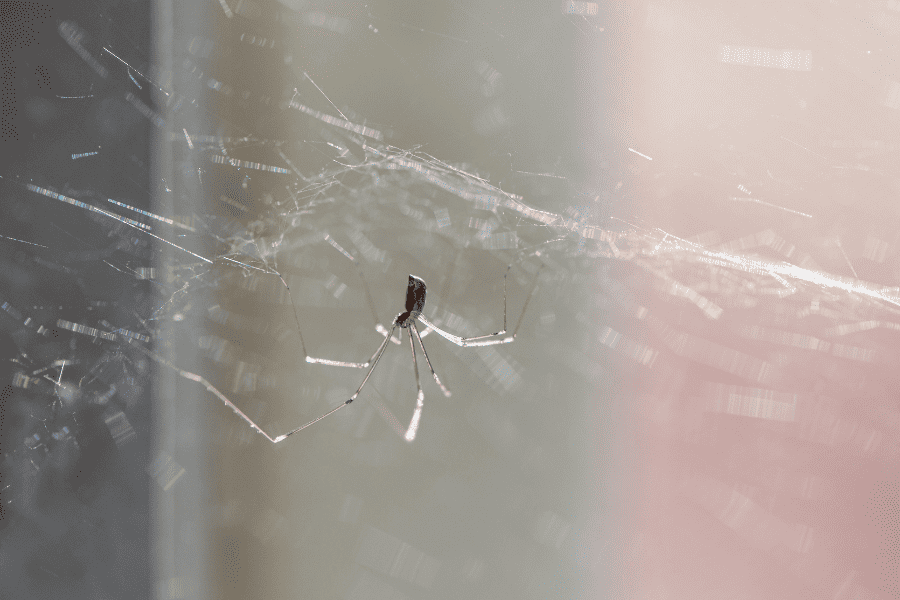
If you’ve noticed an increase of spiders inside your Florida home, it can be quite alarming for most homeowners! While most spiders are not dangerous to humans and are considered a benefit to our environment, it doesn’t mean you want them inside your house. With several species found in Florida, including daddy long legs, southern house spider, black widows, and more, it’s inevitable to come across one, but it’s easy to prevent, reduce, or eliminate their presence around your home. Check out the reasons why spiders are entering your home and easy spider prevention tips to avoid them in the future.
Spiders enter homes to search for food and find a habitat to continue looking for prey to feed on. Spiders eat insects, so if you’ve found webs around your home, it’s likely that those spiders found their food source. Inspect the inside and outside of your home for spider signs, these include spider webs, egg sacs, insects they feed on, or the spiders themselves.
There are several ways you can help reduce spider activity on your property. Spiders are looking for food, so it’s important to reduce the amount available to them by removing other household pests from your property. You can reduce the insects on your property by:
Not only is it important to reduce the insect population to avoid spiders, but it is equally important to deter them from even entering your home. Consider these spider prevention tips to avoid them from invading indoors:
If you’ve noticed more spider activity than you’re used to, consider calling your local Florida pest control company for help. These professionals will provide you with a thorough inspection and recurring pest control plan to help avoid spiders and other household pests in the future.
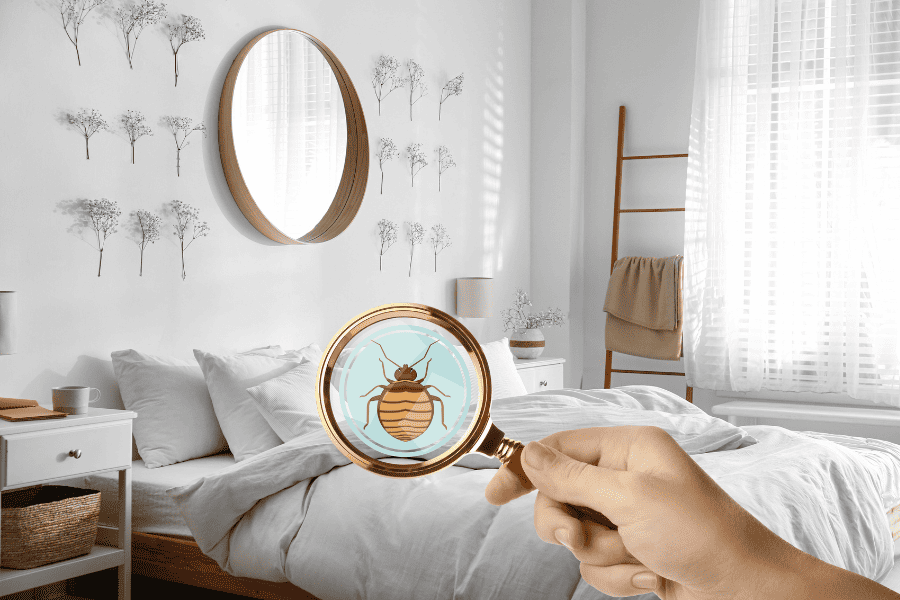
Traveling for the holidays, staying at hotels, and visiting family are all opportunities for bed bugs to hitchhike through your luggage and make their way into your home! These invasive pests will go undetected for long periods, reproducing quickly, and causing a full-blown infestation. One of the best ways to avoid bed bugs inside your home is to prevent them in the first place.
While packing for your trip, consider utilizing plastic bags to pack your clothes, shoes, and other personal items to help prevent bed bugs that climb into your suitcase. Before booking your hotel room, look up the bed bug registry. Once you get to your hotel room or Airbnb, inspect the room for signs of bed bugs, including small, dark spots, bloodstains, or bed bug skins. Try to avoid placing your luggage on the bed or floor, instead, place it on tile floors, in a closet, even in showers or tubs, and keep it away from the walls and any wooden furniture.
Once you return home from a trip, unpack your items outside instead of inside your home. Look to unpack your clothes and personal items outside, and wash them immediately through a high-heat dryer cycle as bed bugs cannot withstand high temperatures. If you’ve recently purchased secondhand furniture, groceries, or have a delivery, make sure to always inspect them before bringing them inside.
If you’ve seen bed bug signs or a live bed bug, it’s important to act fast to eliminate them from your home. There are several do-it-yourself bed bug methods that you can utilize but having a professional provide you with an inspection and a bed bug treatment plan is usually best. These licensed professionals will give your home in in-depth inspection and a customized bed bug control plan, either a chemical or heat treatment, based on your pest situation. If you suspect a bed bug infestation, contact your Florida pest control company for more information.
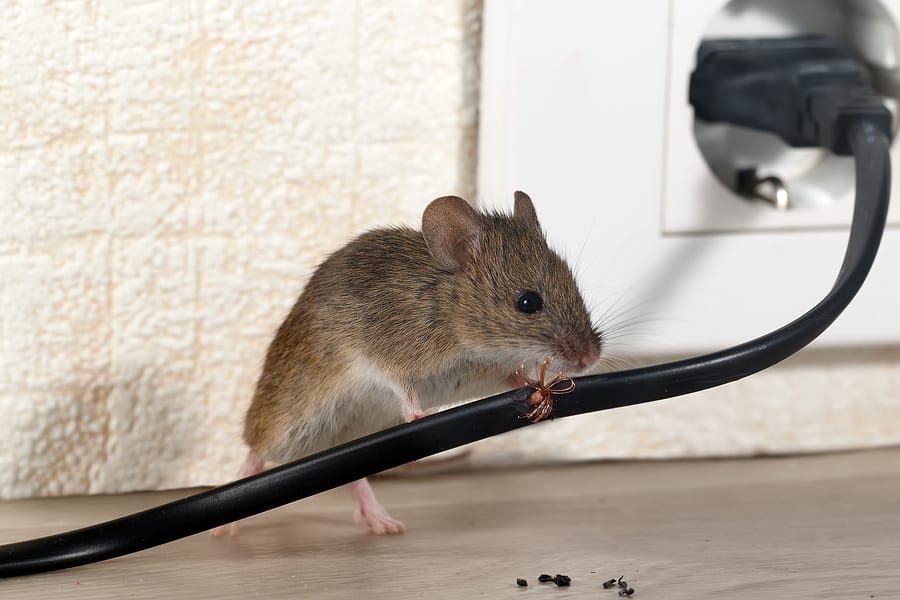
Rodents, including rats, mice, and squirrels, look indoors for a place to nest and food. Once these wildlife creatures get inside your Florida home, they can wreak havoc, destroying insulation, chewing electrical wires, and contaminating food. Prevention is critical when it comes to protecting your home against rodents, especially as the weather cools down and they begin looking indoors for shelter. Check out our rodent prevention tips below.

Your yard is the first defense against rodents, making it essential to place outdoor preventative measures to deter them away. Consider these DIY tips:
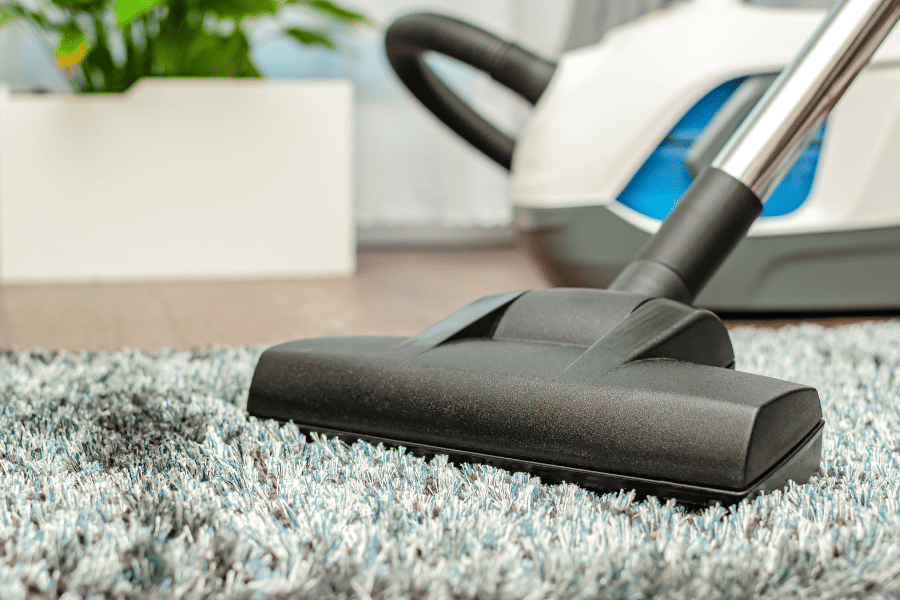
Your home can provide the perfect place for rodents to inhabit, so removing those attractants from inside your home will help keep these creatures out. You can do this by:
If you suspect rodents are inside your home, it’s important to reach out to your professional pest control company. These professionals will be able to inspect and identify the rodent that’s invaded your property. They will also be able to safely remove these creatures, identify areas of entry, and provide a rodent control and prevention plan for your home to avoid further infestations.
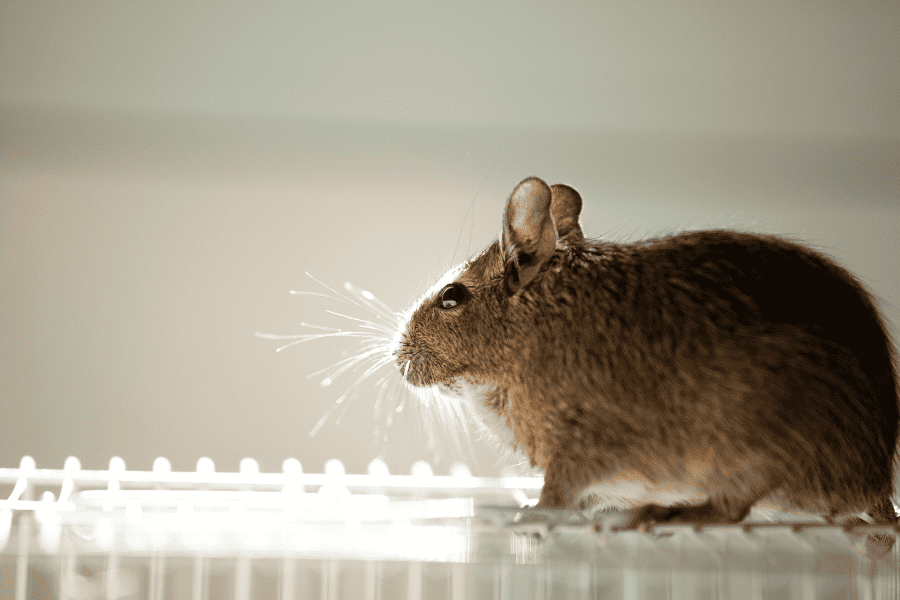
Rodents are a common pest Floridians will deal with. Rodents, like rats and mice, invade homes in search of water, shelter, and food to survive. Once rodents have infested your Punta Gorda home, it can be difficult to remove them as they will often reproduce quickly! It’s important for Punta Gorda homeowners to understand what attracts rodents to their homes and how to prevent them from infesting.
Dealing with rodents in your home is less than ideal. Luckily, there are do-it-yourself preventative measures you can place throughout your home to keep these pests from invading. Consider the following rodent control tips:
In summary, what attracts rodents to your Punta Gorda home is food, water, and shelter. If you suspect a rodent infestation, contact your local pest control company for help. These professionals will thoroughly inspect your home and safely remove any rodents that are found on your property.